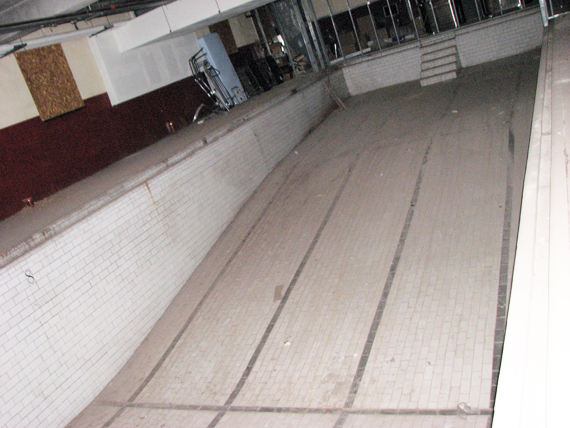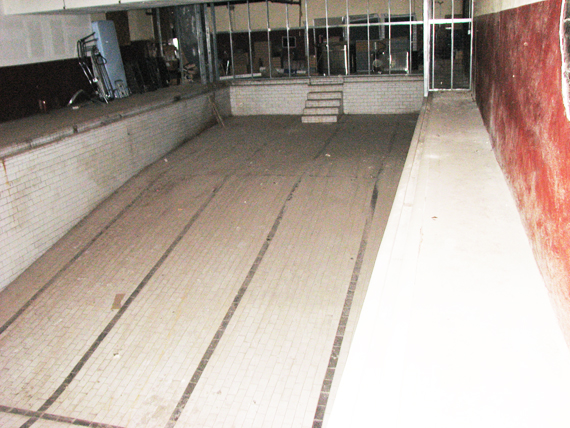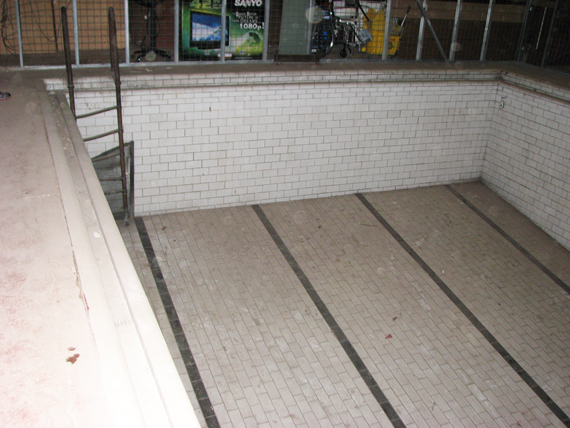| This article originally appeared in the 26th Annual Tri-State Pottery Handbook. June 17,18,19, 1993. |
MONROE PATTERSON AND HIS CONTRIBUTIONS
TO THIS AREA
by Joan Witt
Monroe Patterson came to East Liverpool as a young man from Ironton where he was in the general contracting business. He was born and educated in Millersport, Lawrence County, Ohio before moving to Ironton. After arriving here, Mr. Patterson along with his brother-in-law, Phillip Morley opened a small foundry at the north east corner of Walnut and 4th Street. Later the foundry moved to Walnut Street at the railroad tracks. At first the foundry manufactured light equipment and serviced the potteries and other clay industries.
.jpg)
Monroe Patterson
In 1898 the company took over the Boyce Foundry on 6th Street. They located at 6th and Walnut Streets. The official name was the Patterson Foundry and Machine Shop. Until 1910 the business was mostly devoted to the local Pottery industry. After that the company expanded its business to other fields including grinding and tube mills throughout the country. About that time, Mr. Patterson left the day-to-day management of the company to others but continued as Secretary-treasurer until his death. The company moved in 1927 to a new plant in the east end section of town near the river. Later they purchased the former McLean Tire and Rubber Company as their business expanded. The company provided agitators, mixers, blenders, and ball and pebble mills for the ceramic, paint, chemical and plastic industries. The business continued until the late 1970's under different management and corporate structures. During the 1980's the plant and land were sold to the Columbiana County Commissioners and it became the site of the Columbiana County Port Authority.
As Mr. Patterson loosened control over his foundry, he became more involved in the Wellsville China Company which he purchased in 1902. The company was located in an old pottery building at 9th Street in Wellsville. Mr. Patterson seemed to the business leadership skills which made any business expand and make a profit. Patterson continued in the active business of the pottery until his death in 1924. The pottery continued in operation until 1959.
Mr. Patterson married Mary A. Thompson of Smith's Ferry, Pa. in September of 1883. Two children were born to the Pattersons but both died in infancy. Mr. and Mrs. Patterson were generous benefactors to many different activities in the community. Often their-donations were not made public. "Monroe Patterson was a philanthropist in every sense of the word", according to the editorial in the paper on the day that he died. Both of the Pattersons were active members of the First Methodist Episcopal Church on West 5th Street which was across from their residence. Mr. Patterson was an active member of the Kiwanis Club and contributed generously to the high school band.
In 1923 Mr. Patterson purchased the old west end ball field and deeded it over to the East Liverpool Board of Education. Late in December of 1923 he purchased additional land along West 8th Street so there could be easy access to the field. The dedication of the field was held on November 15, 1924. Mr. Patterson became ill that day and had died by the following Saturday, November 22, 1924. Patterson Field continues to be used by the many sport teams of East Liverpool High School as well as other civic groups.
Mr. Patterson is better remembered for his largest gift to the city - - -The Mary Patterson Memorial Home. After the sudden death of his beloved wife in 1921 he was deeply saddened and decided to build a memorial which would honor her. He felt a good Christian home for working girls would serve the need of the community and would also be a fitting memorial to his wife.
On January 12, 1924 the first meeting of the Board of Trustees was held.
The Trustees were selected by the Patterson Family. The Articles of Incorporation were drawn up for the Mary A. Patterson Memorial Christian Home Association. Monroe supervised the construction himself. He wanted to make certain that all was done correctly. He had fallen just before the dedication of the football field, apparently the long hours and the hard work in bad weather was what led to his death in November of 1924.
The executors of the Patterson estate saw to the completion of the building after much delay. The shell of the building was completed in 1925 but the interior was not finished till 1932 after many delays and problems in the construction. Even then the top floor, the swimming pool and the elevator were not finished. The fifth floor was never completed but the swimming pool in the basement and the elevator were. The Board of Trustees had to raise $20,000 by private funds to insure furnishing rooms, and operating the building at least a year before the courts would allow the rooms to be rented out. The building was erected at a cost of $315,000. It is 84 feet by 124 feet. The white tiled swimming pool in the basement is 60 feet by 22 feet.

Swimming pool now, no longer used.

Swimming pool now, no longer used.

Swimming pool now, no longer used.
In 1932 forty bedrooms, the lounge, and two small writing rooms were furnished. The home was ready to be open to the public. The first executive secretary received a monthly salary of $60.00. The first swimming instructor was paid $12.50 a week. A fee of 25 cents per person was charged swimmers with an additional seven cents for a towel and one cent for soap. For several years there was a dining room on the lower floor. By 1952 there were 116 furnished rooms, a spacious lounge, and a beautiful auditorium. Many organizations in the community used the auditorium for meetings, receptions and recitals. The Red Cross and the Columbiana County Motor Club both held office space on the first floor for many years. Many women both young and old found the rooms suitable and affordable.
As more apartments became available for women, and the building became older and less attractive and less equipped to meet the need of young people, the occupancy rate began to lower. Many of the retired women were able to move to senior housing and they also moved out. The trustees of the building realized that they could not keep the building open. The cost of repairs and renovation was much too high for the board to handle. The building closed in 1984 seemingly no longer needed as a "home for young women".
After the building had been closed for one year, it reverted back to the heirs. They realized that they could not refurbish it and wondered what they would do with such a large structure. Through the efforts of the Friends of Kent, an arrangement was made that the building would be purchased by the University for classroom use.
The Mary Patterson building is about to begin a new life, one in which we all feel Mr. Patterson would approve! It is again to be used for young people in the community - the students of Kent State. Mr. Patterson had that ability to see that his endeavors expanded. He would be very proud of his two biggest contributions to this community and to all of the young people who have and will benefit from the use of them. Thank you Mr. Patterson for your many contributions to your adopted town.
This site is the property of the East Liverpool Historical Society.
Regular linking, i.e. providing the URL of the East Liverpool Historical Society web site for viewers to click on and be taken to the East Liverpool Historical Society entry portal or to any specific article on the website is legally permitted.
Hyperlinking, or as it is also called framing, without permission is not permitted.
Legally speaking framing is still in a murky area of the law though there have been court cases in which framing has been seen as violation of copyright law. Many cases that were taken to court ended up settling out-of-court with the one doing the framing agreeing to cease framing and to just use a regular link to the other site.
The East Liverpool Historical Society pays fees to keep their site online. A person framing the Society site is effectively presenting the entire East Liverpool Historical Society web site as his own site and doing it at no cost to himself, i.e. stealing the site.
The East Liverpool Historical Society reserves the right to charge such an individual a fee for the use of the Society’s material.